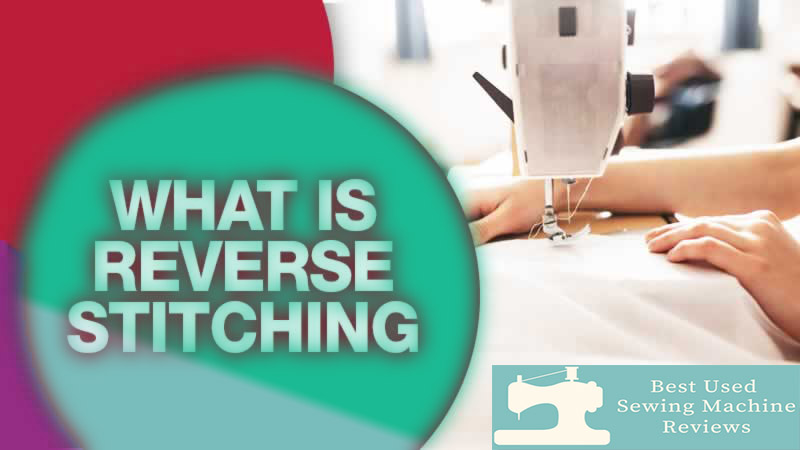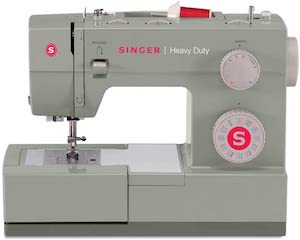Why Does Sewing Machine Reverse?
Does your sewing machine sew in reverse or backwards? This is a rare sewing machine complication but we can explain how it happens.
Sewing machines usually have four stitch types: forward, back tack, zigzag and blind hemstitches. There are also various speciality stitches like whipstitch or overlock stitching, but these stitches don’t always allow sewing in both directions (forward and backwards).
Sewing machines can also start sewing without thread, using the safety override function (for which the correct term would be sewing without thread).
Sewing machine reverse. For sewing machines, sewing backwards means sewing a normal stitch type in the opposite direction. This means sewing a zigzag stitch as a back tack, sewing forward on the bottom of the fabric and sewing backwards on top of the fabric to lock it from ravelling, sewing forwards on one side of a seam and sewing backwards along the same seam allowances’ fold on the other side of that seam line etc. If all this sounds confusing, then just know that there are several ways to sew in reverse:
4 ways your machine can sew in reverse
1. Reverse Lever
The sewing machine’s reverse sewing lever is the prime reason why sewing machines sew in reverse. The sewing machine’s reverse sewing lever physically changes the sewing machine from sewing forward to sewing backwards by some complicated mechanics involving some gears moving other gears which moves even more gears.
2. Manual sewing via handwheel
If you look at your sewing machine, you will see a round handle (the handwheel) sticking out of it somewhere near its centre of gravity or balance point if not exactly at that point. It turns this handle clockwise to make it stitch forwards and you can do basically the opposite – turn this handle counterclockwise while watching the needle position on your sewing machine, and you will be sewing backwards! This works with every single type of sewing machine stitch, but of course, it’s not as easy to control your sewing speed.
3. Computer “help” via software
Many sewing machines are capable of being controlled by sewing machine computer software designed for them, like the sewing software special to each Brother sewing machine model or the Janome Sewing Machine Software Suite which works with all Janome sewing machines’ models. Simply open this kind of software on your computer, connect it to your sewing machine via USB cable and start pushing buttons on your sewing machine while looking at buttons on the screen! On some computers, you can even watch a live camera feed from your sewing machine, which would make you feel like you’re sitting inside it!
4. Polarity issue
Some sewing machines have a polarised power plug that only allows current flow in one direction and sewing machine sewing direction will depend on which way you connect the sewing machine’s power cord to your sewing machine. If you’re sewing in reverse and it doesn’t seem like anything happens, this could be because of polarity issue. Simply try reversing the sewing machine’s power cord – if that does not work, then swap two wires.
Why would you want to sew in reverse?
One reason why you might want to do backwards sewing would be when sewing over pins. I’m talking about the situation where you’re trying to sew along with the seam allowances of an already pinned fabric (that has been prepped) and can’t get your needle to go through because it’s hitting hard against the fabric underbellies of those pins. In this situation, one solution would be switching your machine’s stitch type temporarily to either blind hem or zigzag stitches (or any other two-way or two-directional sewing machine stitch) and letting them do the “heavy lifting”. But sewing in reverse with your sewing machine’s needle position lever may also work.
It is also important to note that sewing machines don’t always sew in the direction their handwheel is turned (which would be sewing backwards). They can sometimes result in sewing forwards; i.e. sewing over already sewn seams and sewing new seams, sewing with the left-hand stitch finger raised vs. sewing with right-hand stitch finger raised etc., all of which are customizable options on some sewing machines models (such as Brother sewing machines ). So basically it may depend on what you’ve set up on your own machine if it starts sewing backwards or not, when you press its reverse button. I hope this article helped you.


